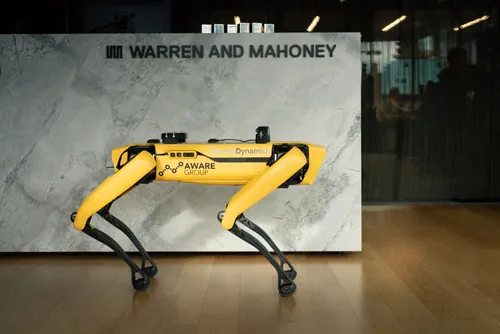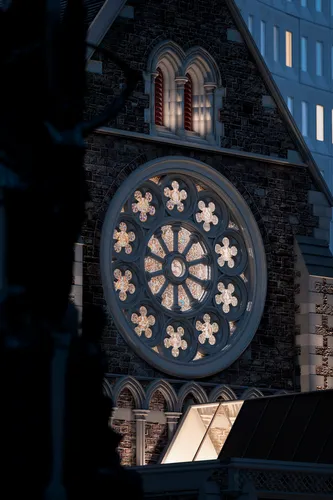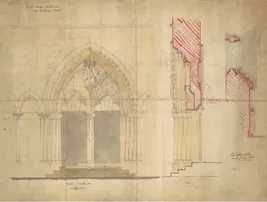A symbol of hope
Christ Church Cathedral

With the Cathedral too dangerous to enter, the project team utilised ‘Spot’, the robotic dog. With a $192,000 payload on its back, Spot navigated the damaged Cathedral and gathered data for the project team using artificial intelligence-enabled technologies such as building scanners, cameras, IoT sensors, and lasers. By gathering data on the dimensions of the critical crossing area and the damage done to it, Spot was able to help the team gain a better understanding of the interior condition of the Cathedral, and what work needed to be done on the reinstatement journey.


It is a wonderful piece of design work that is distinctly Kiwi. The new modern buildings serve as a link to the contemporary buildings around the outside of the Square and are complementary to the Cathedral. It offers a vibrant, attractive, functioning Cathedral Quarter that we are convinced will stimulate social, economic and tourism activity in Cathedral Square and the wider central city.



The Cathedral will look the same as it did previously from Cathedral Square, however throughout the building, greater functionality, accessibility and comfort has been provided where possible without compromise to the heritage fabric. For example, the reconstructed tower will contain more accommodation within the same external envelope. A new staircase will allow more people to reach the viewing platform and a lift has been included to provide greater accessibility.




To the north of the Cathedral will be the new Cathedral visitors' centre. On the ground level will be a café, with terraced steps leading down to a lowered, landscaped courtyard and museum and retail. To the south will be the ‘Cathedral Centre’ providing much needed gathering spaces, offices and amenities. Both are designed to incorporate glass and timber textures to promote light and create a visual connection to the Square. The Cathedral will have more flexibility in how it functions, due to planned enhancements internally and from the new supporting buildings.

This is one of the most complex and arguably most important projects in the city’s history. Collaborative governance, which involved detailed scrutiny by executive teams, as well as meticulous planning and coordination between all parties was crucial in making this complex project a success.

Collective Effort
Collective Effort




